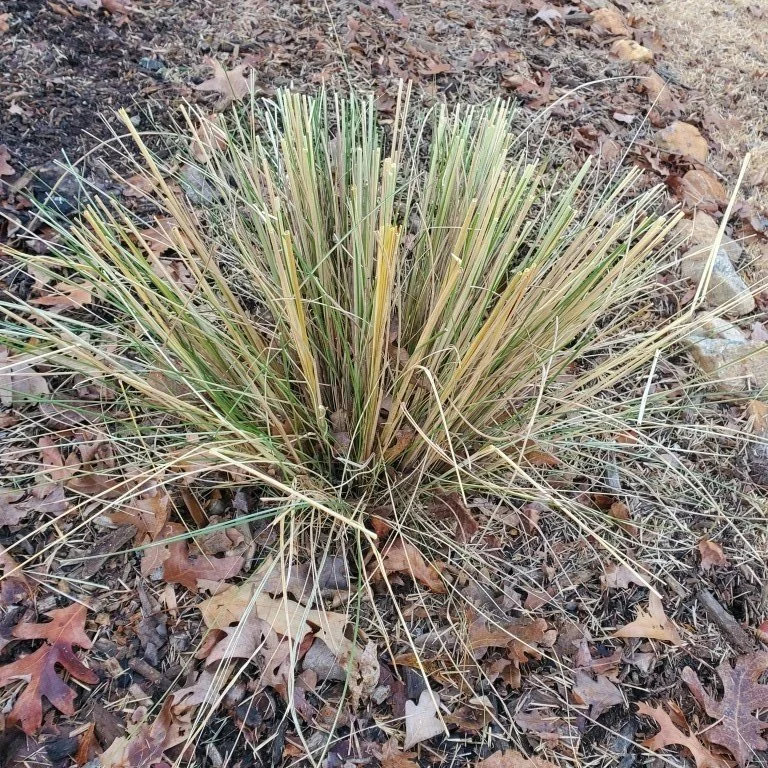The best way to avoid weedy gardens is to start removing weeds early, while they are still small and easy to pull. While warm days tempt us to get a head start outdoors, winter still has plenty of punch left. What we can do right now, other than weeding, is prune shrubs and trees that flower on new growth. In my garden, that means Hibiscus syriacus (Rose of Sharon), Buddleia (Butterfly Bush), Roses, Callicarpa (Beautyberry), and Vitex agnus-castus (Chaste Tree) got a moderate pruning yesterday. Later this week, ‘Incrediball’® Hydrangea arborescens and Spirea will get their cutback also. Hydrangeas that flower on stems grown in the prior year (“old wood”), Forsythia, and Azaleas will wait until their blooms have appeared and faded before they get a trim. Do not cut back Artemisia or Lantana until you see evidence of new growth in spring. Any winter pruning may cause these two to die rather than return when weather warms.
Another plant group that received a chop this week are my grasses and grass-like groundcovers. I allow my Muhly grass (Muhlenbergia capillaris ‘White Cloud is my favorite) to remain full size through the entire winter so that I can enjoy the feathery plumes even after the seeds have blown away. Muhly grass looks neater when it is cut back before new growth begins, but please take care to not prune too short. A reduction by half will usually provide a good foundation for spring growth without damaging the crown. Pruning damage to the crown of the plant may stunt future growth or even kill the plant.
A properly pruned Muhly grass
An excellent space filler for zones 5–10 is Liriope, commonly known as Monkey Grass or Lilyturf. There are two types of Liriope. Liriope muscari is a clumping type that prefers full sun to part-shade. It forms a dense mound that enlarges slowly. Liriope spiciata is a spreading type that prefers part-shade to shade. It enlarges by undergrown rhizomes and will also reseed. If you need help remembering which is which, recall that spicata, spreading, and shade all start with the letter S. Both types may look better with a late winter cutback to remove damaged or diseased leaves.
As an inexperienced gardener, at Liriope pruning time I would raise my lawnmower to the highest blade setting, install the bagging attachment, and mow my Liriope beds. This worked okay for the first year or two, but then I noticed that I was scalping the middle of the clumps of my Liriope muscari. By midsummer, the scalped section looked tan and ugly – like giant green bagels. I have since learned that mature plants mound in the center as they become congested. Your choices are to either hand prune or to divide, separate, and re-plant. Hand pruning a large area can be hard on a gardener’s hands, but my husband gave me a battery-operated pruner last year that makes the task quick and easy. This is a must-have item for the serious gardener. Mine is a Dewalt, but there are many different name brands of this super tool and they all have a different balance point. Pick them up to determine which one is most comfortable to your hand.
You don’t want to miss next week’s guest blog by garden writer and horticulture consultant Robert “Skip” Richter. He is the host of GardenLine on KTRH 740 AM; Saturdays & Sundays 6-10 am. His website is Gardening with Skip. Next week’s blog will tell you everything you need to know about nutsedge.


